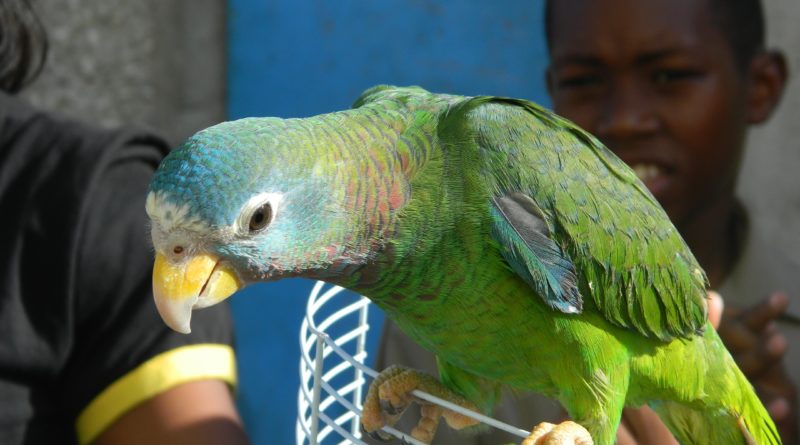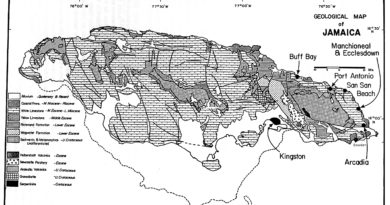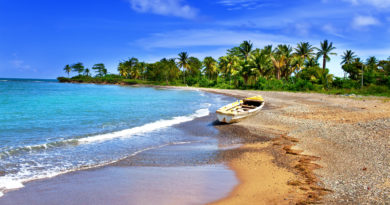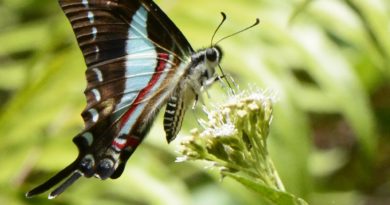Bird Watching in Jamaica
Jamaican birds are just absolutely beautiful. Avid bird watchers will definitely be intrigued by our birds. Birds are arrayed in their beauty, sing the most melodious tunes, and are simply fascinating to watch. Have you ever heard that ‘there is a time and season for everything under the sun’. Well, in Jamaica, it is best to go bird watching anytime from October to April. This is particularly because these are the cooler months and mature and attractive birds are more visible.
There are several birdwatching hot spots across the island. Some areas are under deep forest cover. Jamaica’s birds and their eggs are protected under the Wildlife Protection Act which prohibits “hunting, harassment, capture and possession of the ‘whole or any part’ of a protected bird”. There is an established bird shooting season which runs, generally, from the third weekend in August and for six weekends thereafter.
Where to Go Bird Watching in Jamaica?
While birds can be found in every town and inlet of Jamaica, several locations have been identified as having large numbers of endemic and non-endemic species. Here is a list of some popular bird watching spots in Jamaica:
The Cockpit Country: This location is considered as Jamaica’s most important ecological site. The land is managed as a forest reserve by the Forestry Department. The Cockpit Country is known to have more than 100 species of unique plants. The area has 79 bird species; the Jamaica Kite (Blue Swallowtail) and the Giant Swallowtail butterfly species are known to inhabit the area. The Giant Swallowtail is the second largest butterfly in the world.
The Blue & John Crow Mountains National Park: A tropical rain-forest in the north-east of Jamaica, with over 200,000 acres conserved. The park covers the steep mountain slopes (mostly over 3,000 feet) in the interior of the parishes of St. Andrew, Portland, St. Thomas and St. Mary. The region has been noted for having more than 800 species of endemic plants, the world’s second largest butterfly, Papilo Homerus, 200 species of resident and migrant birds and is one of the largest migratory bird habitats in the Caribbean.
Green Castle Estate: Green Castle has a diversified ecosystem, including fresh water ponds, a mangrove swamp, streams, forests, pastures and coastline. Green Castle is a wonderful place to spot the Jamaican endemics, such as Jamaican Mango, Vireo, Elaenia, Tody, and Woodpecker. Twenty-one out of the 27 endemic birds of Jamaica have been sighted at Green Castle. In total 124 resident and migrant species have been documented on the property. Over 20 miles of walking trails make birding easy and enjoyable. Phone: 1-876-881-6279.
The Royal Palm Reserve: a 300-acre site which boasts 114 plant species including the Royal Palm, which is unique to the area. There are over 300 animal species including birds, butterflies and reptiles. E-mail: nept@n5.com.jm
Black River and Parakeet Great Morass: Jamaica’s largest and internationally important wetland, the Black River Great Morass denoted declared A both a Ramsar site and an International Bird Area, 150 species of birds, including winter visitors and vagrants have been observed. Egrets, terns, gulls and other waders are prevalent there.
Bluefields: This has been listed by BirdLife International as one of Jamaica’s globally Important Bird Areas (IBA). Of the 28 Jamaican endemic species 20 have been observed in Bluefields, plus a further 13 endemic sub-species.
Rocklands Bird Sanctuary: Located in the parish of St. James offers a unique treat. Visitors are given the opportunity to see and feed birds, in particular hummingbirds, by having them perch on their fingers. This interactive session occurs each day, mainly in the afternoon. Email: rocklandsbirdsanctuary@gmail.com
Hotel Mocking Bird Hill in Port Antonio: This hotel is identified as a fine bird watching location. Many of the Jamaican endemics can be viewed on property at Hotel Mocking Bird Hill, which is noted as one of the best places to see the Black-billed Streamertail Hummingbird. Email: mockbrd@cwjamaica.com
Cranbrook Flower Forest: It is located in the hills of St. Ann. It is a natural oasis with a river and many endemic plants. The site is a favorite for bird watching and nature walks. Website: www.cranbrookff.com
Marshalls Pen: comprises a historical mansion and a 120-hectare property in Manchester. Marshall’s Pen is impressive for birding as more than 100 species have been recorded here, including 25 of the 27 species endemic to Jamaica.
Mountains and areas with good forest cover: Mount Diablo (St. Ann) and Dolphin Head Mountain (Hanover)
The Wetland Areas: Negril Morass, Portland Bight protected area, cays and inlets.
Bird Watching Tours
- Blue Mountain Tours’ Eco Adventure Tour : Guests are allowed to explore the Blue Mountains, and other natural wonders on the island. Email: info@bmtoursja.com
- Jamaica Explorations: Offers eco-cultural tours and tailor-made guided soft-adventure tours, including birdwatching, for individuals or small groups. Website: www.jamaicaexplorations.com
- Reliable Adventures Jamaica : Offers eco-tours on Jamaica’s South Coast. The company encourages guests to learn about Jamaica’s endemic flora and fauna.
If you want to go birdwatching but you have limited time, one of the best place to see a reasonable variety is the the Blue and Johncrow Mountains. At these locations you will see many island and Caribbean endemics.











Pingback: Jamaican Birds - About Jamaica